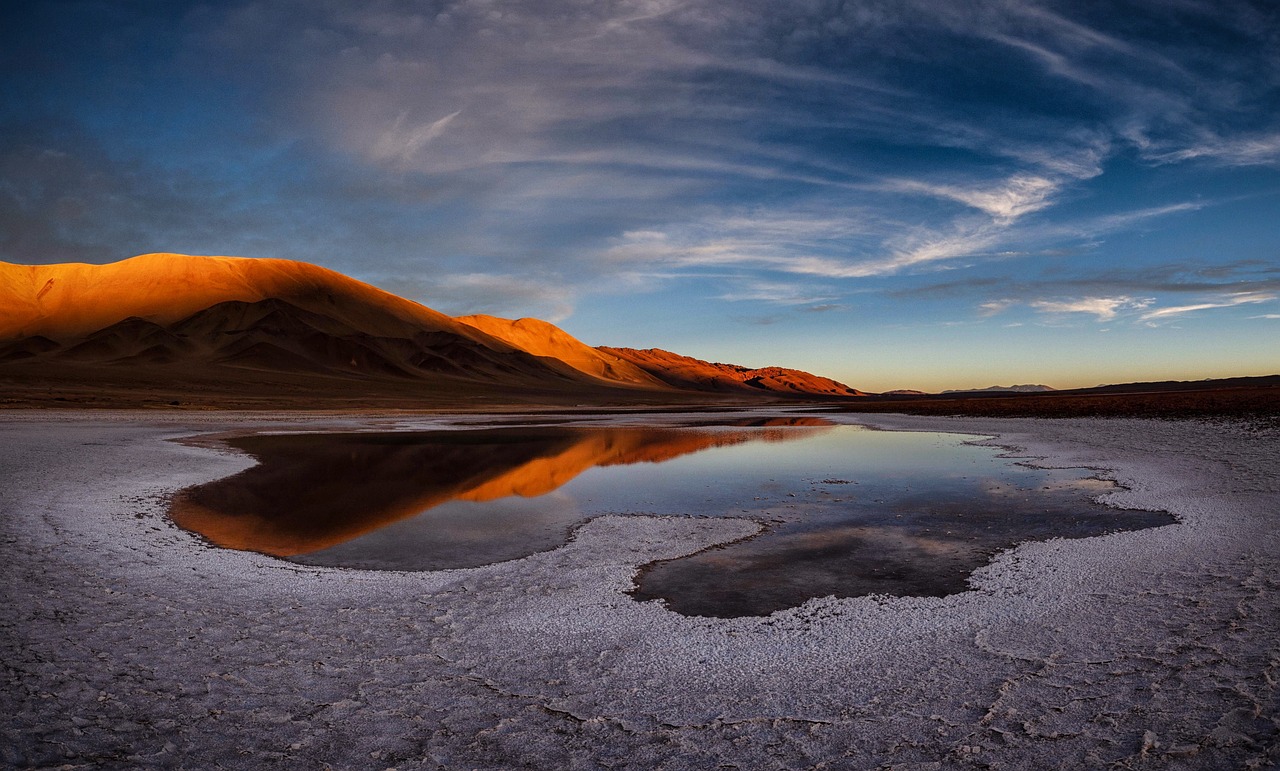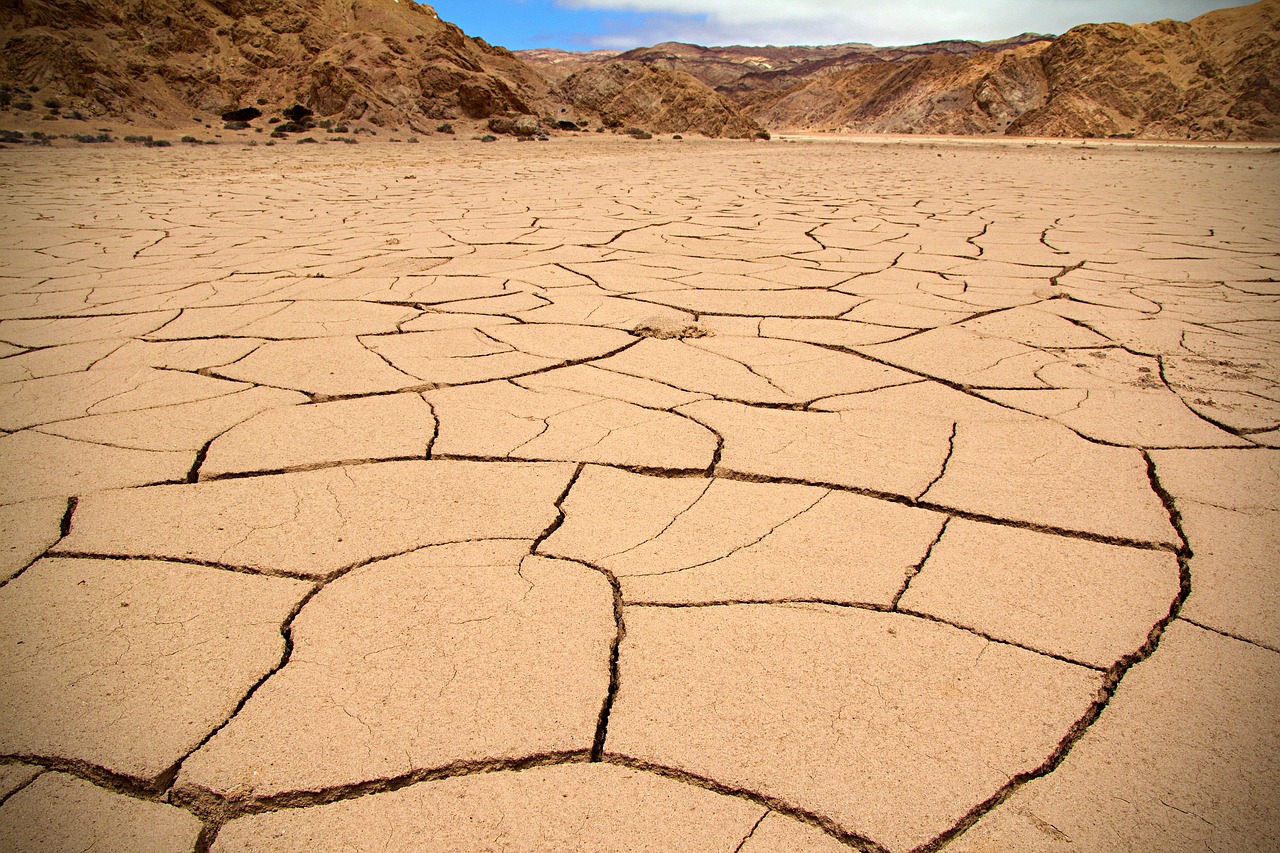Weathering Chile: Seasonal Changes and What to Expect
Chile, located in South America, is known for its diverse climate and varied landscapes. From the arid Atacama Desert in the north to the icy fjords of Patagonia in the south, Chile offers a wide range of weather conditions throughout the year. Understanding the seasonal changes and what to expect can help you plan your visit and make the most of your time in this beautiful country.
The Atacama Desert
The Atacama Desert, situated in the northern part of Chile, is one of the driest places on Earth. It experiences a desert climate with little to no rainfall throughout the year. The temperature in the Atacama Desert remains relatively constant, with average highs of around 25°C (77°F) and lows of 10°C (50°F).
- San Pedro de Atacama: This small town serves as the gateway to the Atacama Desert. It offers a range of outdoor activities such as stargazing, visiting geysers, and exploring the otherworldly landscapes.
- Valle de la Luna: Also known as the Moon Valley, this stunning natural attraction showcases unique rock formations and sand dunes. The best time to visit is during the early morning or late afternoon to avoid the intense heat.
- Geysers del Tatio: Located at an altitude of over 4,000 meters (13,000 feet), the Geysers del Tatio is one of the world’s highest geyser fields. It is best to visit early in the morning to witness the geysers at their most active state.
The Central Valley
The Central Valley of Chile, which includes the capital city of Santiago, experiences a Mediterranean climate with distinct seasons. Summers (December to February) are warm and dry, with average temperatures ranging from 25°C to 35°C (77°F to 95°F). Winters (June to August) are cooler and wetter, with temperatures averaging between 8°C and 15°C (46°F and 59°F).
- Santiago: As the capital and largest city of Chile, Santiago offers a mix of historical sites, cultural attractions, and vibrant nightlife. The city experiences mild temperatures throughout the year, making it a great destination to visit anytime.
- Valparaiso: Known for its colorful houses and bohemian atmosphere, Valparaiso is a coastal city located west of Santiago. It has a slightly cooler climate due to its proximity to the Pacific Ocean.
- Viña del Mar: Situated next to Valparaiso, Viña del Mar is a popular beach destination with beautiful gardens, sandy beaches, and a lively entertainment scene.
The Lake District
The Lake District of Chile, located in the southern part of the country, is characterized by its stunning lakes, volcanoes, and lush forests. The climate in this region is temperate, with mild summers and cool winters.
- Puerto Varas: Situated on the shores of Lake Llanquihue, Puerto Varas offers picturesque views of the surrounding volcanoes and easy access to outdoor activities such as hiking, kayaking, and fishing.
- Pucon: Known for its active volcano, Villarrica, Pucon attracts adventure enthusiasts with opportunities for climbing, skiing, and soaking in natural hot springs.
- Chiloe Island: This archipelago is famous for its unique wooden churches, colorful houses on stilts, and traditional cuisine. It offers a tranquil escape from the bustling cities.
Patagonia
Patagonia, located in the southernmost part of Chile, is known for its pristine wilderness and dramatic landscapes. The weather in Patagonia is highly unpredictable and can change rapidly, even within a single day.
- Torres del Paine National Park: This iconic national park is home to the famous granite peaks of the Torres del Paine and offers incredible hiking opportunities amidst glaciers, lakes, and wildlife.
- Perito Moreno Glacier: Located in Los Glaciares National Park, this massive glacier is one of the few in the world that is still advancing. Visitors can witness the breathtaking sight of ice chunks calving into the turquoise waters below.
- Ushuaia: Known as the “End of the World,” Ushuaia is the southernmost city in the world. It serves as a gateway to Antarctica and offers stunning landscapes, wildlife encounters, and adventurous activities.
Chile Image 1:

The Pacific Coast
Chile’s long coastline stretches over 4,000 kilometers (2,500 miles) and offers a variety of coastal landscapes and activities. The climate along the coast is influenced by the cool Humboldt Current, resulting in mild temperatures throughout the year.
- La Serena: Located in the Coquimbo Region, La Serena is known for its beautiful beaches, clear skies for stargazing, and colonial architecture.
- Valdivia: Situated at the confluence of several rivers, Valdivia is known for its seafood, German heritage, and picturesque waterfront.
- Pichilemu: Considered the surfing capital of Chile, Pichilemu attracts surfers from around the world with its consistent waves and laid-back atmosphere.
The Conclusion
Chile’s diverse climate and landscapes offer something for every traveler. Whether you prefer the arid desert, the lush forests, or the icy fjords, you can find it all in this remarkable country. By understanding the seasonal changes and what to expect, you can plan your visit accordingly and make the most of your time in Chile.
Chile Image 2:

References
- nationalgeographic.com
- chile.travel
- lonelyplanet.com
- wikipedia.org
Chile Image 3:


